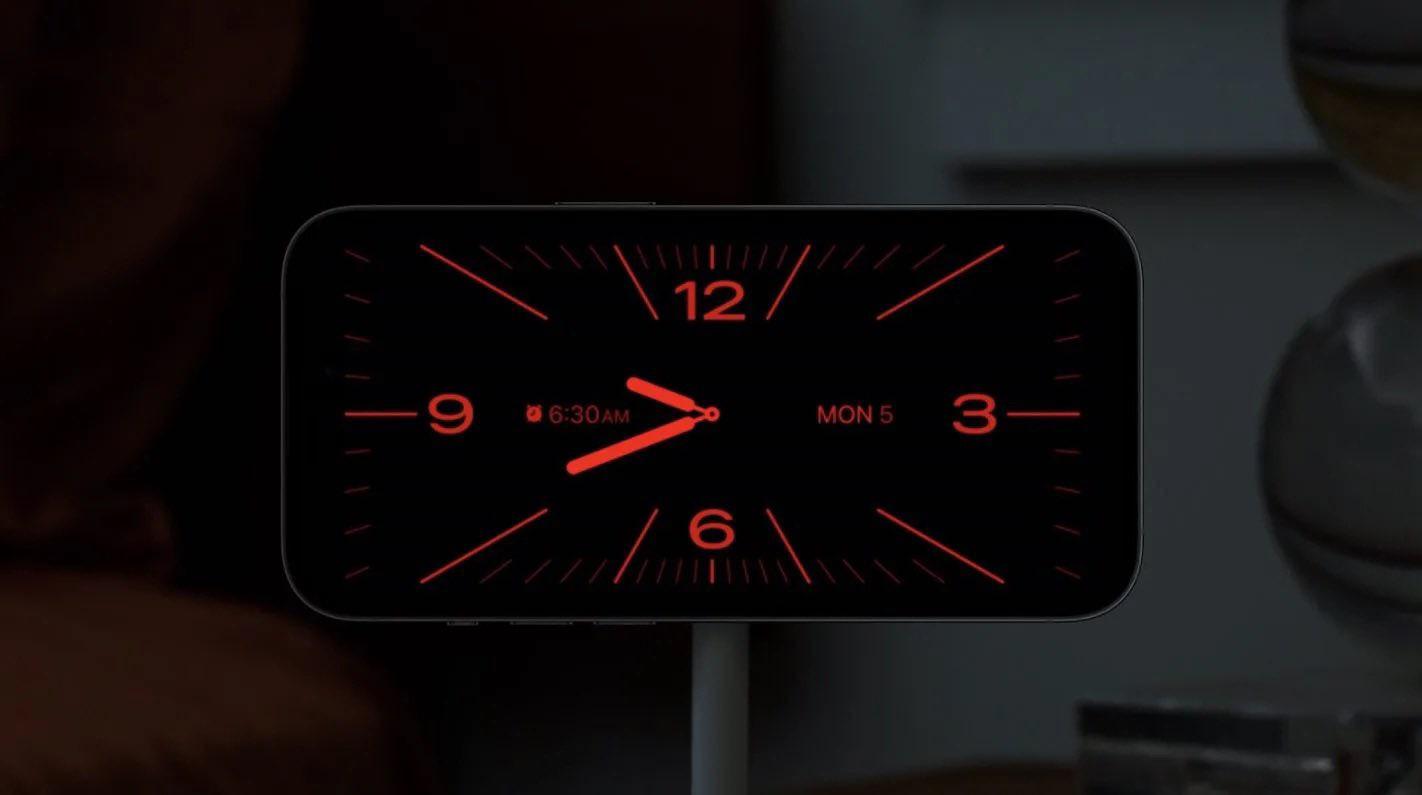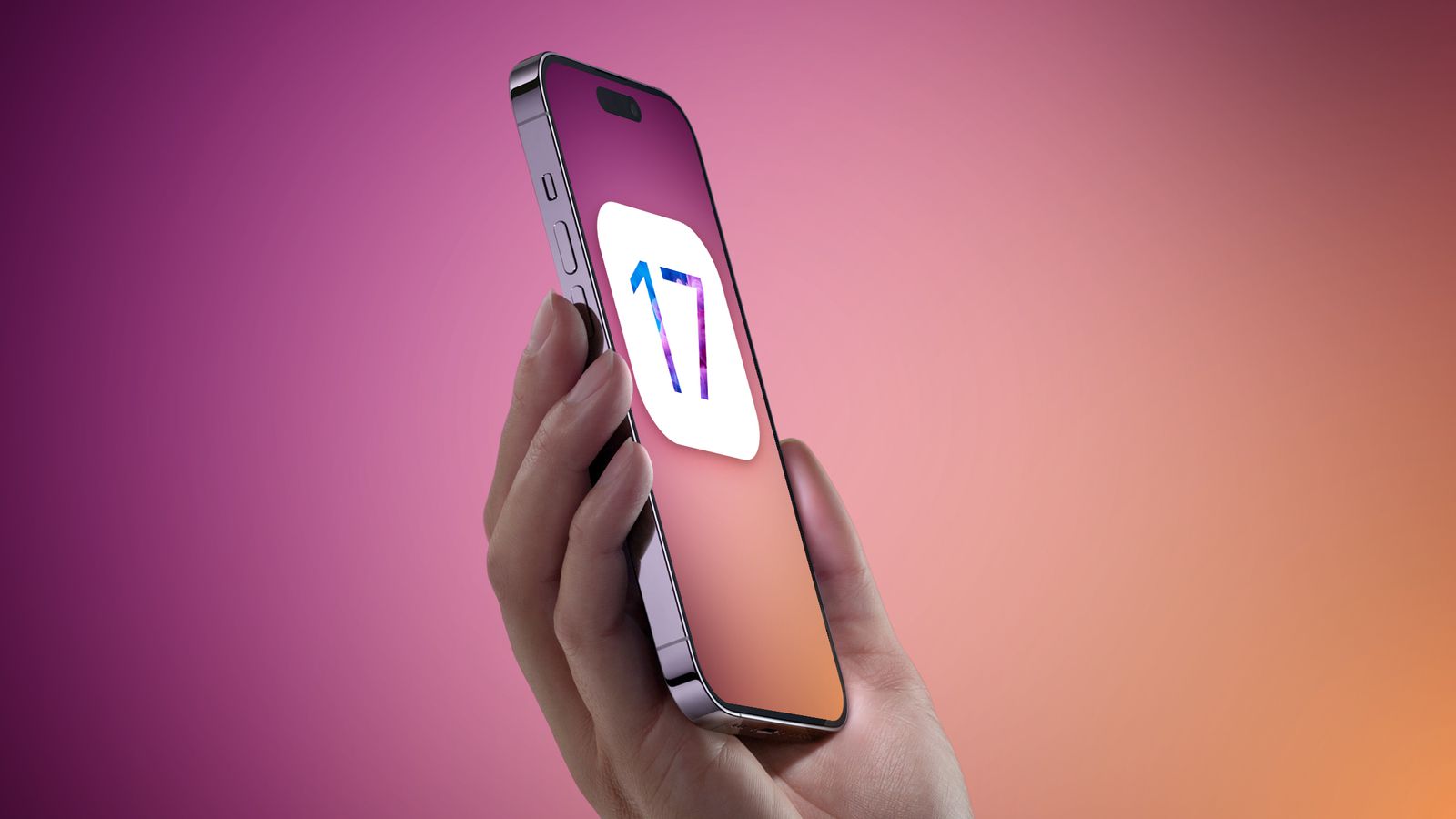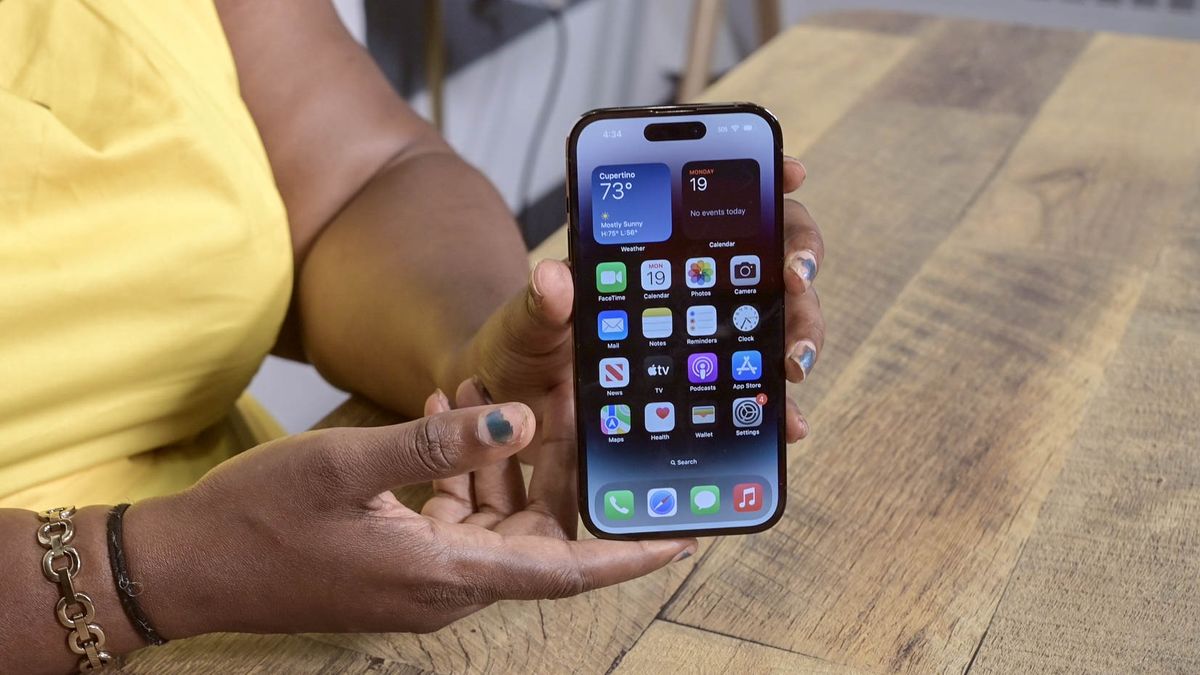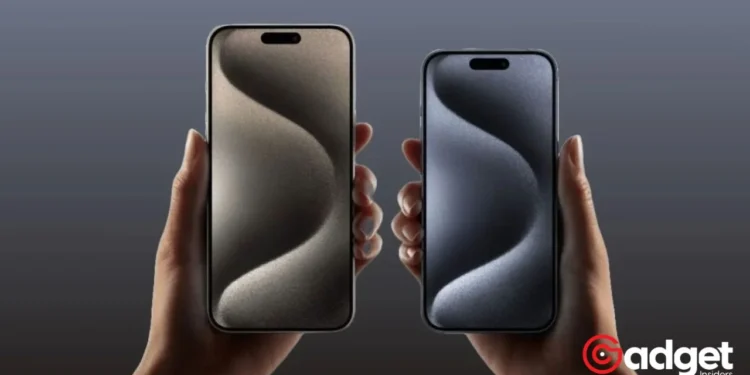In a move that signifies a major leap forward in smartphone technology, Apple is rumored to set a new standard with its Apple iPhone 17 lineup, embracing the future of OLED technology with open arms. Gone are the days when the non-Pro models lagged in display capabilities. According to a report from the South Korean news outlet The Elec, Apple is poised to equip its entire Apple iPhone 17 range with faster, more advanced LTPO-type OLED panels, marking a pivotal shift in the tech giant’s approach to its smartphone display technology.

Breaking Free from the Past
For years, Apple enthusiasts and critics alike have observed the company’s steadfast approach to its iPhone displays, particularly the non-Pro models.
The iPhone 15, despite receiving the Dynamic Island feature, continued to employ the LTPS type display with a slower 60 Hz refresh rate, a choice that many argued kept the device in the “Dark Ages” of display technology. However, the winds of change are blowing, and Apple is ready to usher in a new era with the Apple iPhone 17.
The LTPO Revolution
The transition to LTPO displays is not just a minor upgrade; it’s a revolution. The LTPO (Low-Temperature Polycrystalline Oxide) technology allows for a variable refresh rate, enabling the display to adjust dynamically between 1 and 120 Hz.
This not only enhances the user experience with smoother animations and scrolling but also improves battery efficiency by adapting the refresh rate based on the content being viewed.
This groundbreaking move was confirmed by supply chain chatter, with The Elec revealing that BOE, a Chinese display manufacturer, is set to supply Apple with these cutting-edge panels for the non-Pro Apple iPhone 17 models.
Should BOE face any challenges in meeting Apple’s demands, tech giants Samsung and LG are reportedly ready to fill the gap, ensuring Apple’s ambitious plans come to fruition.

A Brighter, Smoother Future
The adoption of LTPO technology for the entire Apple iPhone 17 lineup promises to elevate the user experience to unprecedented heights.
With the existing iPhone 15 Pro and Pro Max models already benefiting from the advanced OLED screen, offering a 1-120 Hz refresh rate and a peak brightness of 2,000 nits, the extension of these features to the base models marks a significant step forward in democratizing high-end display technology.
iPhone 17 and iPhone 17 Plus to Feature ProMotion Always-On Displays
Next year's iPhone 17 and iPhone 17 Plus will adopt OLED displays with low-power backplane technology, bringing ProMotion to Apple's standard iPhone models for the first time. pic.twitter.com/1EB4JwUWQe
— Lucas 𝕏 𝕏 𝕏? 🏳️🌈🏳️🌈🎧🏴 (@DiamondboyLucas) February 27, 2024
Beyond the Display: What Sets the Apple iPhone 17 Pro Apart?
Even as Apple plans to level the playing field with the introduction of ProMotion technology across all Apple iPhone 17 models, rumors suggest the tech giant still holds a few aces up its sleeve for the Apple iPhone 17 Pro variants. Speculation is rife about possible differentiating features, including the potential for a hidden FaceID system, which could pave the way for a full-screen design, a first for Apple.
Looking Ahead: The iPhone 16 Prelude
As the tech world buzzes with anticipation for the Apple iPhone 17, the upcoming iPhone 16 remains shrouded in mystery, anticipated to be a “minor update” from its predecessor. Expected upgrades include a faster A18 chipset, innovative features like an Action Button and a “Capture” key, and a redesigned rear camera layout.
While details remain scarce, one thing is clear: Apple is setting the stage for a monumental shift in smartphone technology with the Apple iPhone 17, promising to redefine our expectations of what a smartphone can be.

In conclusion, the Apple iPhone 17’s embrace of LTPO technology for its entire range represents more than just an advancement in display technology; it signifies Apple’s commitment to innovation, pushing the boundaries of what is possible and setting new standards for the industry. As we look forward to the unveiling of the Apple iPhone 17, one thing is certain: the future of smartphones is brighter, smoother, and more dynamic than ever before.










